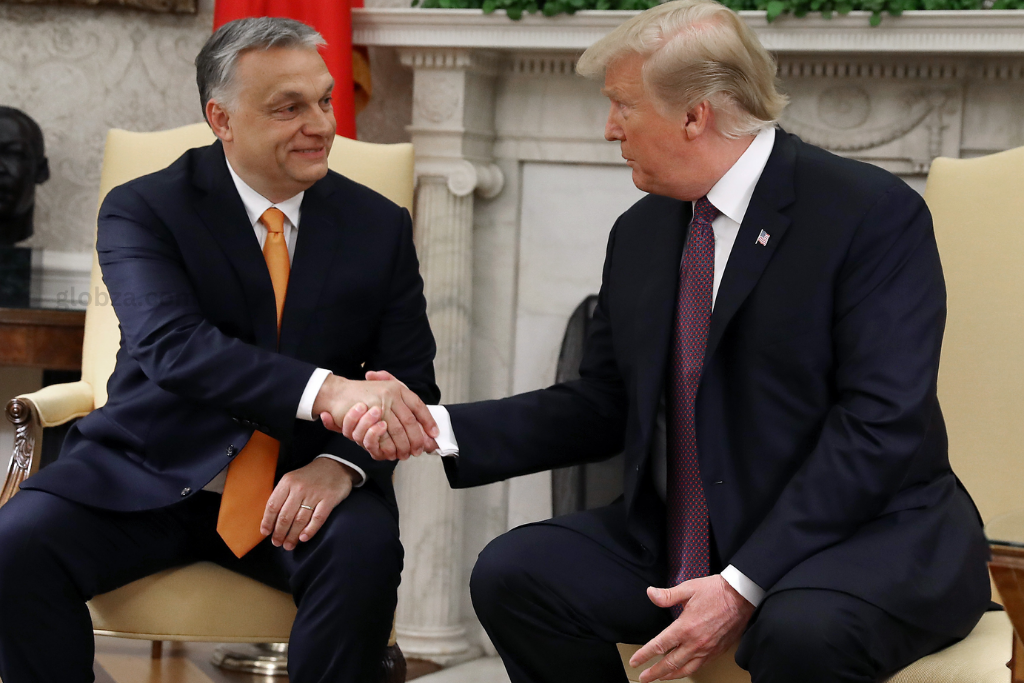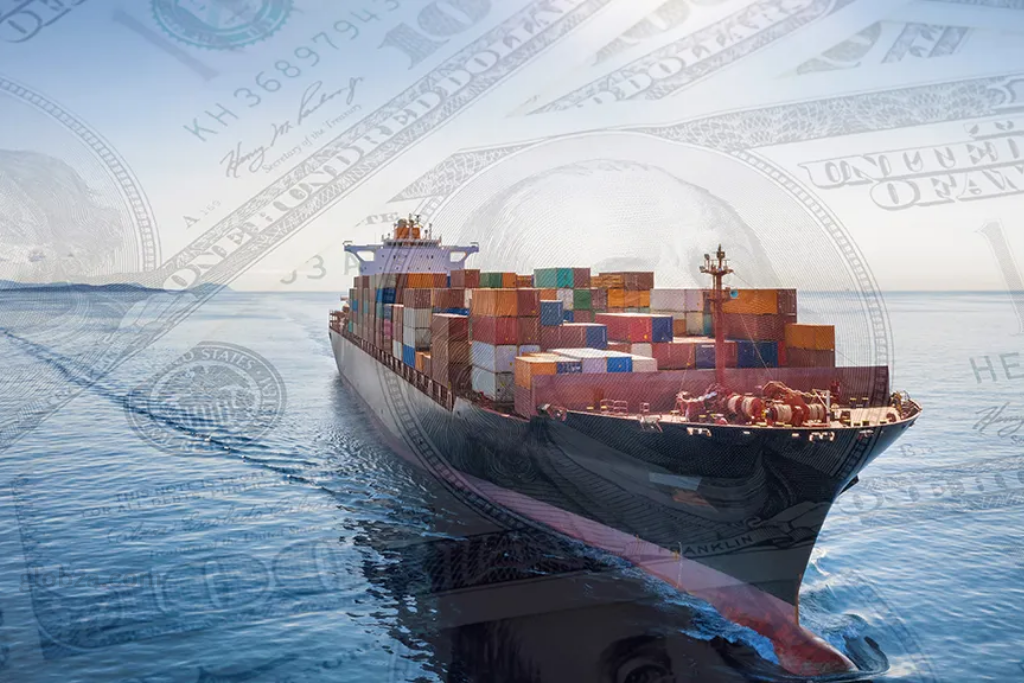Better Trade Deals or Broken Bridges?

Former President Donald Trump’s central trade pledge was rooted in the idea of disrupting the global economic order to extract more favorable terms for the United States. His bold and combative tariff proposal—a blanket 10% levy on all imports coupled with “reciprocal” penalties for countries deemed to be taking unfair advantage—sent tremors through global markets. The policy sparked widespread uncertainty, prompting U.S. allies and trading partners to urgently seek renegotiations in a bid to avoid punitive measures. Reports suggest that dozens of countries moved quickly to initiate discussions, hoping to secure exemptions or redefine trade terms under the looming threat of economic retaliation.
The administration touts these developments as signs of progress, pointing to active negotiations with key partners such as South Korea, Japan, and others. However, concrete details remain limited, and the temporary 90-day suspension of tariff implementation may do little more than delay the inevitable. Beneath the surface, fundamental tensions persist—highlighting the fragility of current trade relations and raising questions about the long-term efficacy of the administration’s confrontational approach.
“Our country has been looted, pillaged, and plundered… both friend and foe alike.” – Donald Trump
Key Trade Deal Takeaways:




Reviving American Industry – Boom or Bust?

Trump swore to light a private mechanical reclamation, fighting that charges would drive a resurgence in American manufacturing and drive work creation. The method of reasoning was clear: securing U.S. businesses from a surge of cheaper exterior imports would incentivize neighborhood era and reestablish monetary self-reliance. In any case, the reality has been far off more complex. Clashing course of action advising and startling shifts in trade heading have made precariousness over key fragments, taking off businesses hesitant to contribute or develop in the middle of murky long-term signals from Washington.
The unpredictability surrounding tariff announcements is proving detrimental to long-term investment planning. For businesses, stability and clarity are essential prerequisites for committing capital to major decisions such as reshoring operations or constructing new manufacturing facilities. In the absence of consistent policy direction, many companies are opting to hold off—adopting a wait-and-see approach rather than risk exposure to abrupt regulatory changes. This hesitation threatens to undercut the very industrial revival the tariffs were intended to spark.
“Jobs and factories will come roaring back… We will supercharge our domestic industrial base.” – Donald Trump
Challenges to Industry Revival:




China in the Crosshairs – Trade War or Tactical Move?

Trump’s trade agenda places China squarely at its core. Striking a calculated balance between praise and condemnation, he casts himself as the first president willing to confront Beijing’s trade practices head-on. By attributing decades of economic imbalance to the inaction of prior administrations, Trump frames his approach as a long-overdue correction to systemic unfairness. Yet, the ongoing confrontation suggests more than a passing dispute—it reflects a deeper shift toward strategic decoupling, with the U.S. and China increasingly repositioning their economies in anticipation of prolonged geopolitical and economic rivalry.
In spite of the combative talk, there are signs that the U.S. is unobtrusively looking for an off-ramp. Open articulations from key authorities indicate at a eagerness to lock in in exchange, recommending that behind the extreme conversation lies a acknowledgment of the tall stakes included. However, the potential for heightening remains noteworthy. As pressures stew, the suggestions amplify distant past exchange balances—touching on broader geopolitical elements, worldwide supply chains, and the future of worldwide financial administration. The challenge presently lies in finding a way forward that maintains a strategic distance from showdown whereas protecting key interface.
“They [China] were taking tremendous advantage of us.” – Donald Trump
Trade War with China:




Duties and Treasury – A Income Boon?

One often overlooked aspect of Trump’s tariff strategy is its potential to generate substantial government revenue. According to estimates from the Tax Foundation, a universal 10% tariff could yield as much as $2 trillion over the next decade. Trump has positioned this revenue as a key financial lever—promising to use the funds to finance tax cuts, reduce the national debt, and bolster domestic economic programs. While the focus has largely been on trade dynamics and international tensions, this fiscal angle adds another layer to the administration’s broader economic vision.
However, tariffs are inherently regressive in nature. Rather than placing the burden squarely on foreign governments, they often fall disproportionately on American consumers and businesses. Higher import costs typically translate to increased prices on everyday goods, squeezing household budgets and elevating production costs for domestic companies. While proponents argue that long-term gains—such as reshored manufacturing and greater economic independence—justify the approach, these benefits may be offset by short-term economic strain, reduced consumption, and disrupted supply chains. In effect, the policy risks undermining the very prosperity it aims to strengthen.
“Use trillions and trillions of dollars to decrease our charges and pay down our national debt.” – Donald Trump
Tariffs and U.S. Revenue:
✅ $2 trillion anticipated income over 10 years
✅ Offset against $5 trillion in assess cut costs
✅ Increased buyer costs may decrease effectiveness
✅ Political backfire if income falls brief




